More and more people stop sewing by hand and prefer overlocks and machines. This article tells you how to sew on a sewing machine.
- What are sewing machines used for in everyday life?
- How to learn to sew on a sewing machine from scratch: tips for beginners
- Learning about the parts of a sewing machine
- Adjusting the sewing machine
- How to Thread a Sewing Machine
- What needle to use to sew knitwear on a sewing machine
- Different types of seams
- How to get a knitted seam on a sewing machine
- Overlock for Beginners
- Why the machine does not sew knitwear
- Typical mistakes of a seamstress
- Cutting and sewing courses
- Business plan: how to make money sewing at home
What are sewing machines used for in everyday life?
Most people have a Singer sewing machine at home that they inherited. It is a very old machine. If a person does not work with the machine, it can be used to make an interior decoration.
For example, you can make a sink out of it, it will look original, stylish and chic. You can also make a cosmetics table out of it.
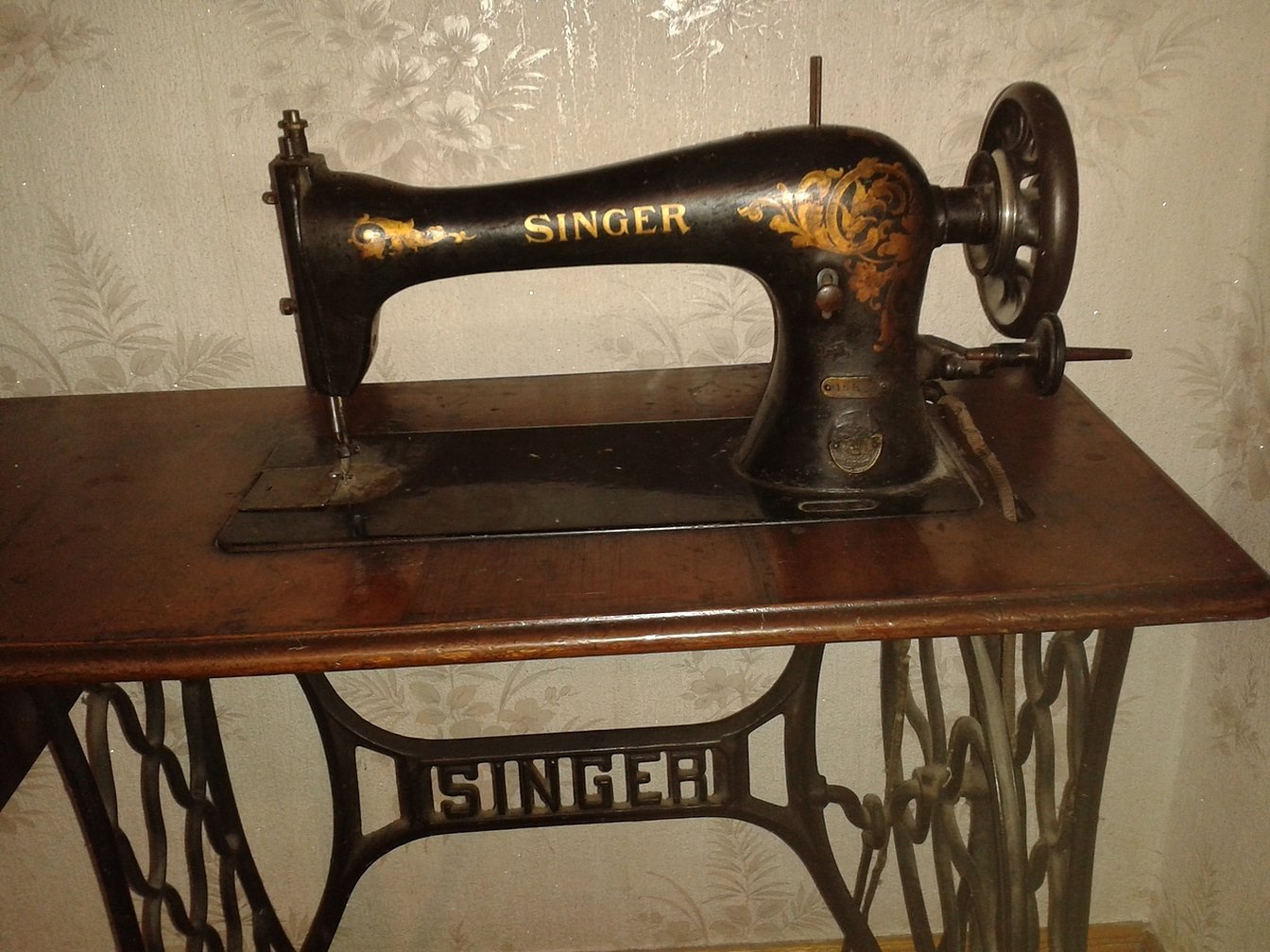
How to learn to sew on a sewing machine from scratch: tips for beginners
For beginner seamstresses, there are many conditions and guidelines to start learning:
- The main rule is "from simple to complex". If a seamstress thinks that making even seams on cotton materials is not interesting and goes straight to sewing business suits, then she will face many problems. You should always start with the easiest;
- You need to master the operation of the typewriter. It is impossible to do this in one day;
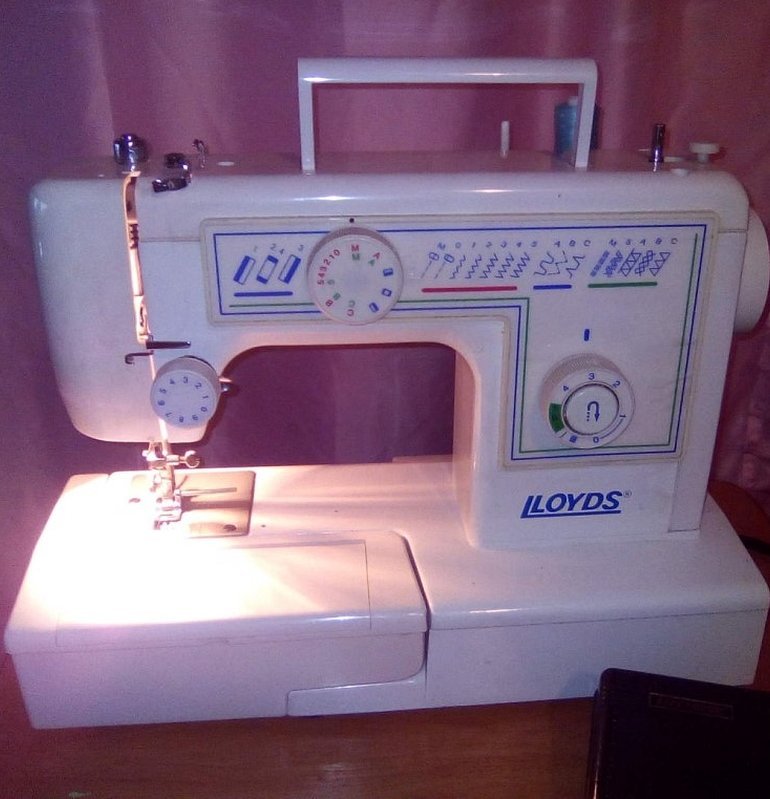
- Before you start sewing, you need to take a training course on patterns;
- It is important to remember that only high-quality tools are purchased for the job, and this is not cheap.
Learning about the parts of a sewing machine
Before starting work, you need to study what the machine consists of, the main parts:
- flywheel;
- winder;
- sleeve;
- sewing platform;
- stitch selection knob;
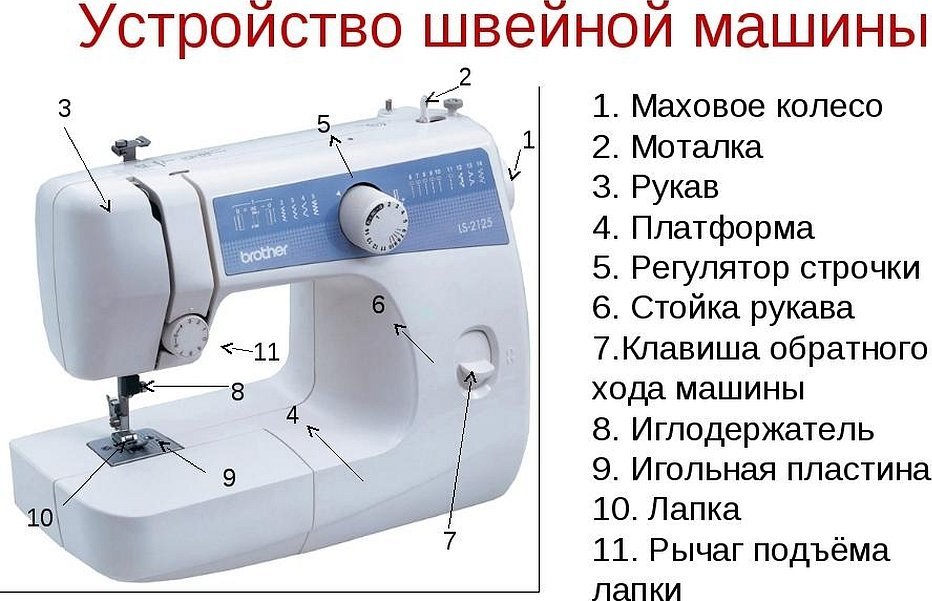
- sleeve stand;
- receiver;
- needle holder;
- needle plate;
- paw;
- lever for raising and lowering the presser foot.
Adjusting the sewing machine
First, you need to select the needle numbers, as well as the spools, this will allow you to sew different fabrics. You also need to pay attention to the stitch, but before you start working, it is advisable to learn all the settings well and then decide on the choice of stitch. The thread that is pulled at the bottom is adjusted with a screw installed on the cap, and the upper thread with a special lever.
How to Thread a Sewing Machine
Threading process:
- Rewind the thread from the spool to the bobbin;
- Place the reel on the top stick;
- Pass the top thread through;
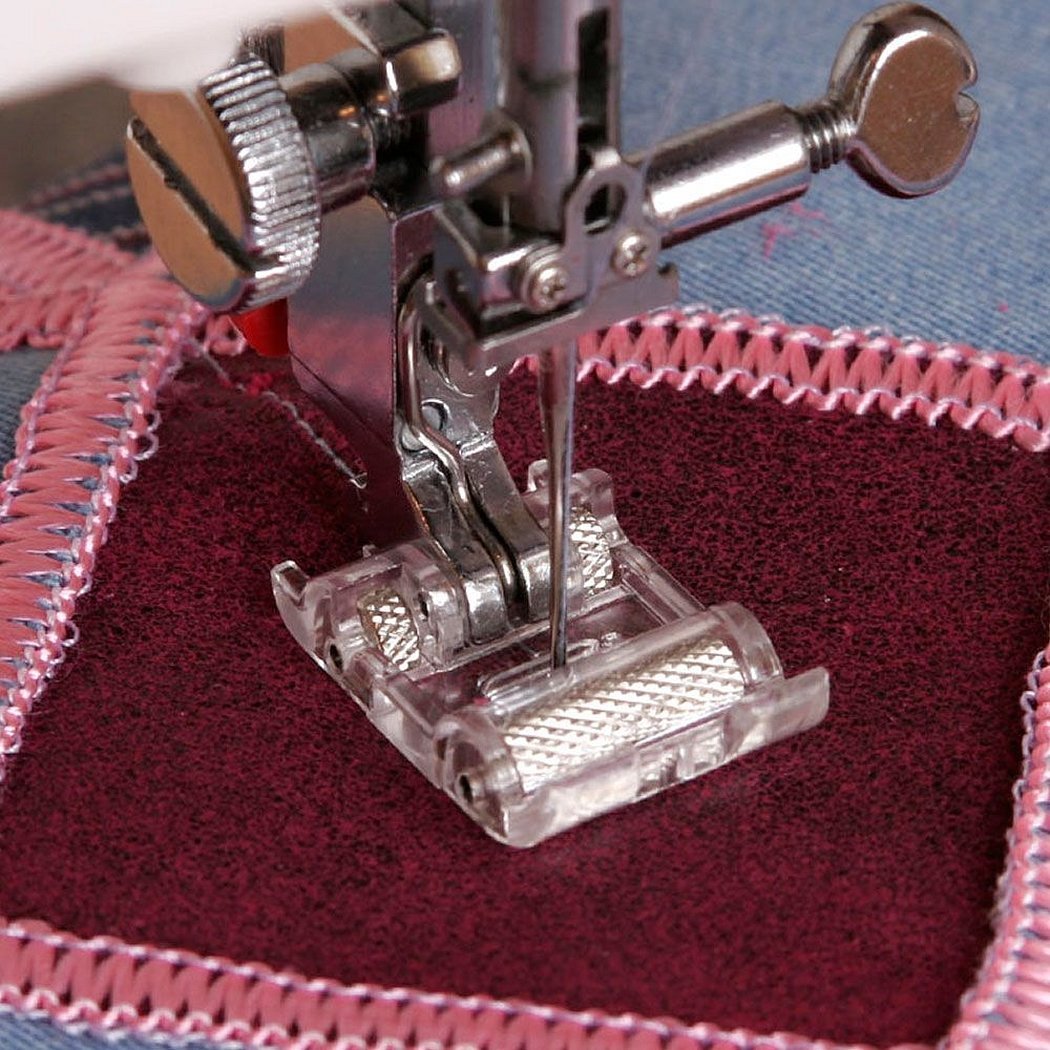
- Check if it is tight enough;
- Thread and pull out the lower thread;
- Place the upper and lower threads behind the foot.
Important! The bobbin must be wound with thread from the same spool that is installed on top.
What needle to use to sew knitwear on a sewing machine
Needles are mainly selected by marking number:
- For wool and cotton fabrics, it is better to take packaging marked jersey.
- For synthetic materials, a set marked stretch is suitable.
You also need to look at the needle numbers:
- For thin fabric - No. 60-70
- For dense - No. 90
Different types of seams
Connecting. Taking into account the density of the material, the stitch size is selected. Regular stitches are used very often. The denser the fabric, the larger the stitch size.

The piecing stitch is used to sew:
- side and shoulder cuts of sweaters, shirts, jumpers, etc.;
- sleeves and the main part of the product;
- cut-off parts of sundresses, jackets and coats;
- opening and sleeves.
Also very often neat finishing seams are used.
How to get a knitted seam on a sewing machine
The rounded end of the needle will not pierce the material, but expand it. This is mainly necessary when sewing thin materials (they can unravel under traditional threads). But if the fabric is thick enough, it can be sewn with a classic needle without the possibility of tearing.
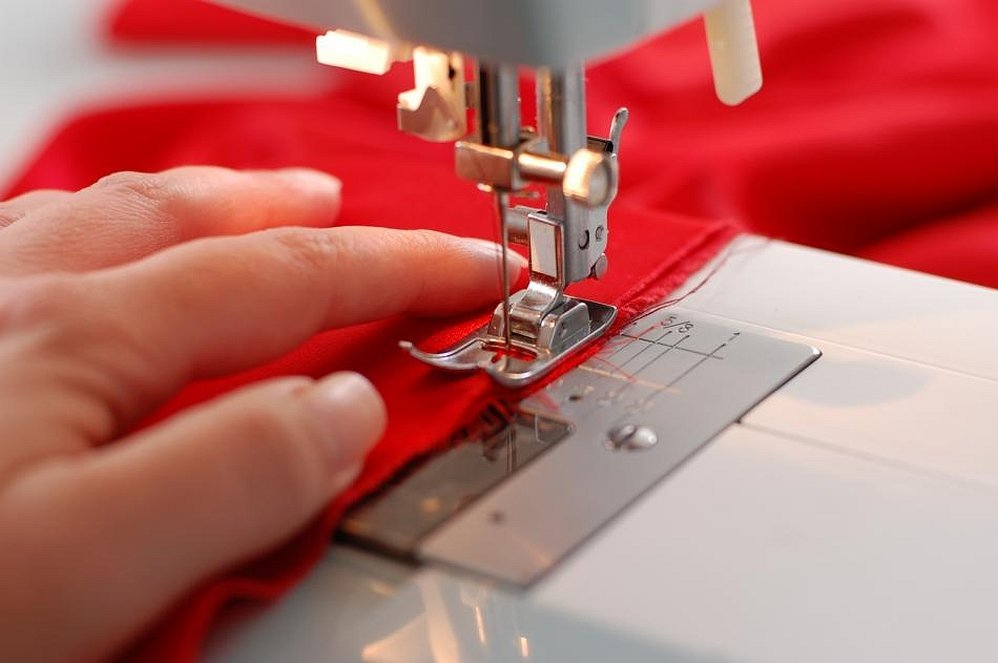
Special threads are polyester. They can be purchased at any textile store.
New sewing machines have an upper conveyor, which is designed to move the top layer of fabric.
Sometimes needlewomen put cardboard underneath (either on top or underneath the product). The work goes right on the cardboard, and at the end it is simply removed.
Before you start sewing, you need to practice on a piece of scrap fabric.
Overlock for Beginners
The most popular overlock models:
- Janome. The most suitable option for a beginner in the art of tailoring. Easy to set up and operate.
- Juki. This is one of the quietest overlockers, it has a fairly soft stroke.
- Brother. A well-known brand, but the machines are very demanding in maintenance and require constant and correct adjustment.
- Merrylock is an inexpensive and high-quality overlocker. Great for beginners.
- Astralux. One of the cheap but good overlocks. Has a lot of noise, it is suppressed by using a rubber mat for the machine.
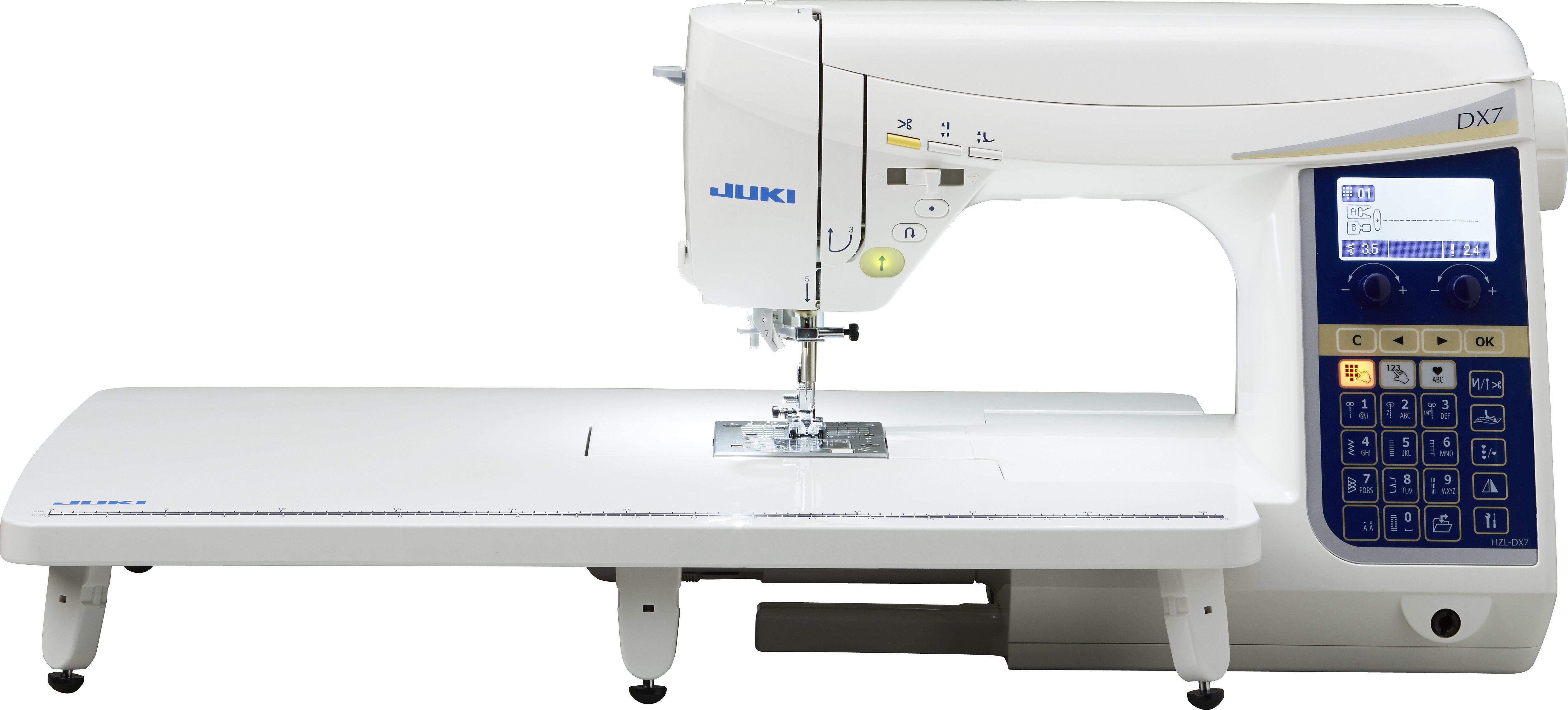
Why the machine does not sew knitwear
Skips and crooked stitching when sewing material is a common problem. It can occur on almost all household sewing machines, even the most expensive ones. The problem is caused by the special composition of the knitted fabric.
Knitwear is soft and stretches well due to the way the threads are woven, so it is difficult to work with the fabric on traditional machines.
Typical mistakes of a seamstress
These mistakes are encountered not only by beginners, but also by experienced seamstresses.
- The wrong material was purchased to sew the item;
- Not enough fabric was purchased when sewing;
- Too complicated to sew;
- Buying an overlock with unnecessary operations;
- The product was sewn without changing needles and without a control fitting.
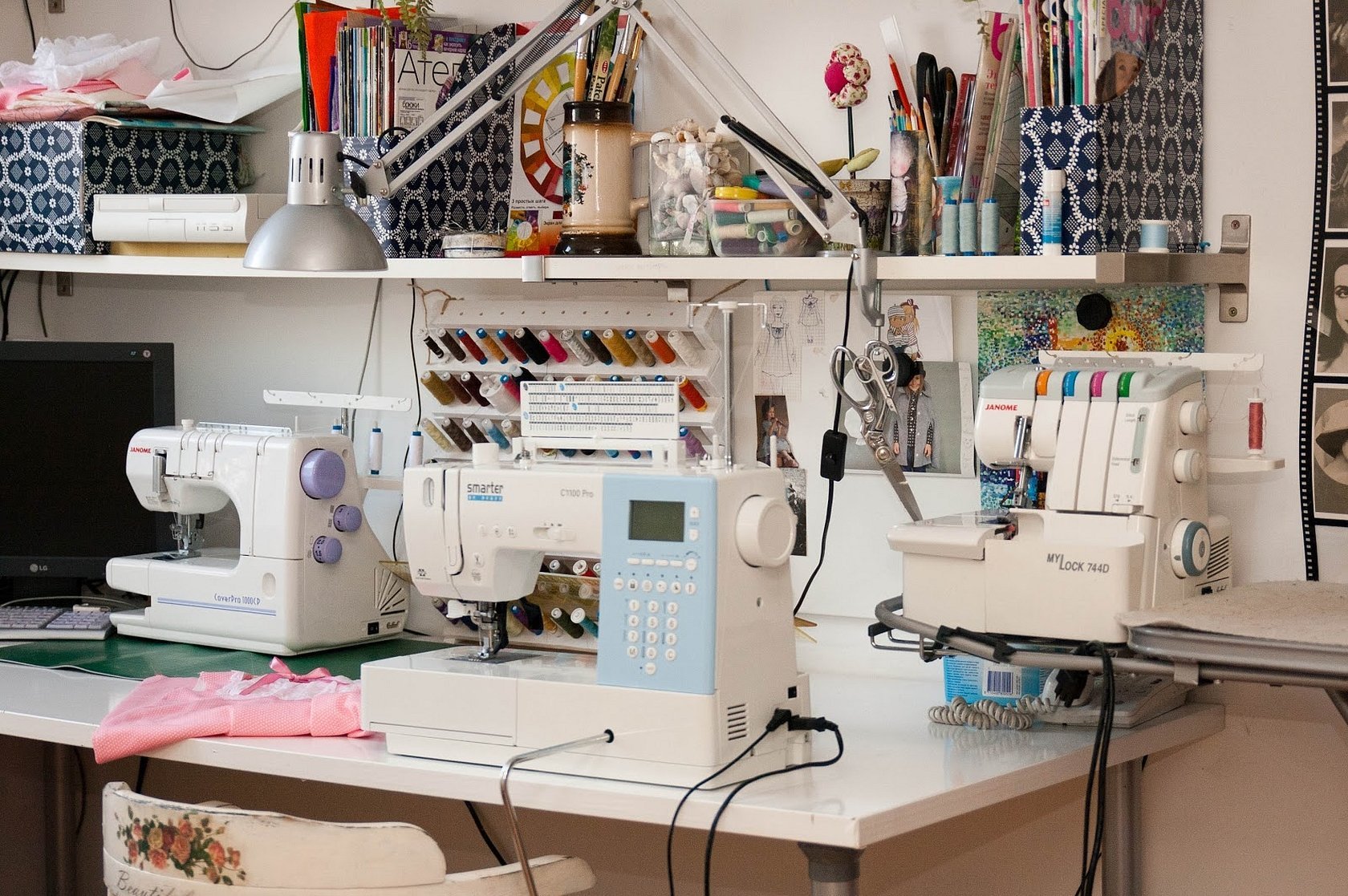
Cutting and sewing courses
You can teach everything. If a person has great effort and desire, then an experienced teacher is needed who can reveal this skill in a person. Many people can open their own studio after finishing lessons.
Important! But independent practice and experience with real customers will give you more knowledge and skills.
For more productive work, it is recommended to use an electric machine rather than a foot machine.
Business plan: how to make money sewing at home
Before starting your business, you need to buy the necessary equipment. Those who are not new to sewing have enough of their own tools.
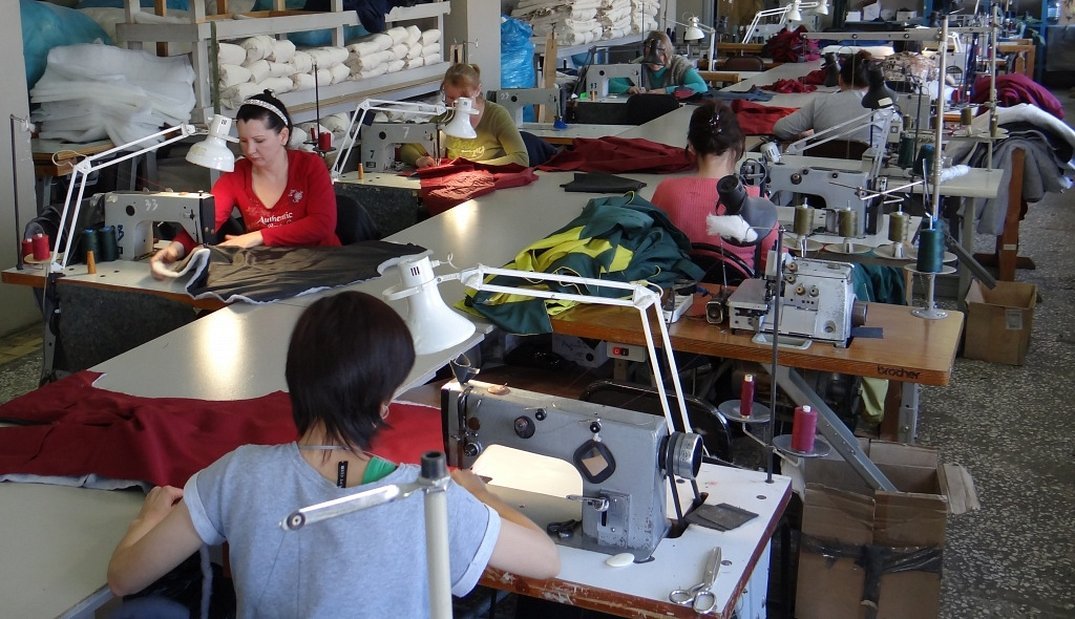
To open a business, you will need a minimum set of the following tools:
- sewing machine;
- overlock;
- desktop;
- ironing board with iron;
- steamer;
- working tools (chalk, a set of threads, etc.).
To begin with, you can buy not the most expensive tools and materials. It is recommended to stick to the average level of quality and price.
In addition to materials, you will also need to buy several types of fabric to have something to work with. To begin with, you can sew custom pillowcases, pillows and blankets. These are the simplest items for a beginner.
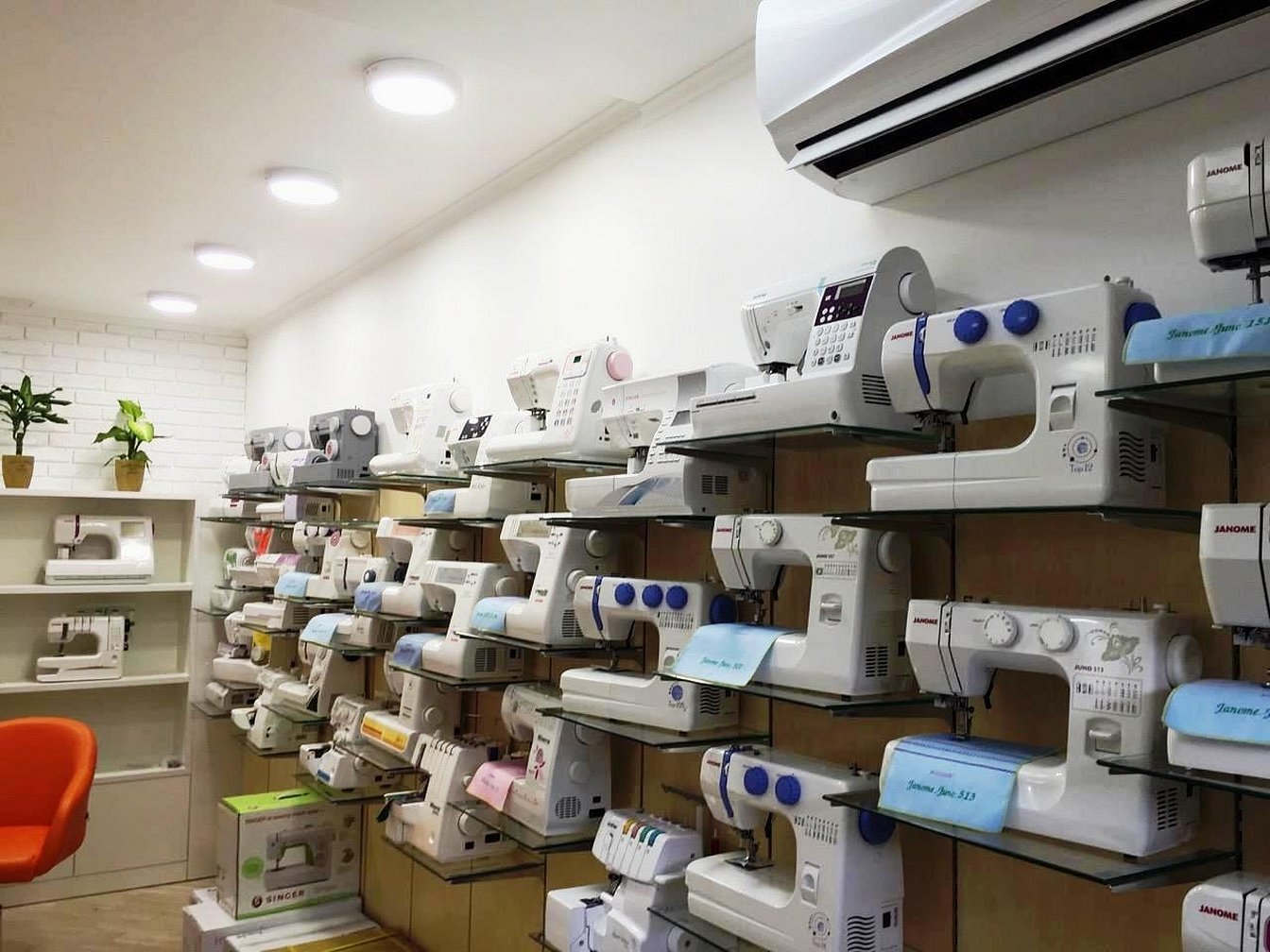
To understand how to learn to sew on a sewing machine from scratch, you need to take either special courses or online master classes. And in a month this will be possible




